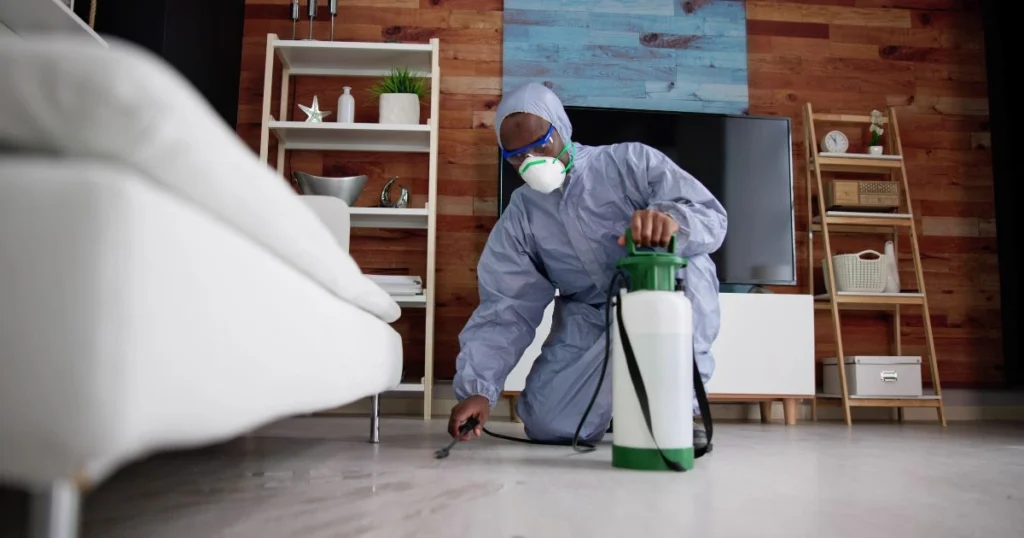When dealing with pest issues, professionals rely on a combination of strategies and products designed for effective elimination and prevention. They typically use integrated pest management (IPM) techniques, which include biological, cultural, and chemical methods tailored to the specific pests involved. This multifaceted approach ensures that immediate infestations and long-term pest control are addressed.
Standard tools in their arsenal include commercial-grade insecticides, traps, and baits, often more potent than consumer options. Additionally, professionals may utilize environmentally friendly solutions, like essential oil-based treatments, to minimize harm to surrounding ecosystems. They also assess environmental factors to prevent future infestations, highlighting the importance of reactive and proactive measures in effective pest management.
Understanding Professional Pest Control
Professional pest control involves specialized treatments and strategies for various pests. It also involves a deep understanding of pest behavior, effective control methods, and regulatory compliance.
Different Types of Pests and Challenges
Professionals encounter various pests, including insects, rodents, and fungi. Common pests include ants, termites, cockroaches, mice, and bedbugs. Each type presents unique challenges and requires tailored strategies.
For example, termite control often involves Commercial Pest Control Spray penetrating wood structures, while rodent control may utilize traps or baiting systems. Seasonal factors can also impact pest behavior; for instance, mice tend to invade homes during colder months, seeking warmth and food.
Managing these pests effectively often requires a combination of methods, including chemical and non-chemical solutions. Professionals regularly assess the environment to refine their strategies and recommendations.
Regulatory Considerations for Pest Control Agents
Pest control agents are subject to local, state, and federal regulations. Compliance with these laws ensures the safety of treatments and protects public health and the environment.
Each yard pest control spray must be registered with the relevant authorities before use. Professionals must familiarize themselves with the chemicals’ labels to ensure proper application and safety measures.
Training and certification for pest control practitioners are essential for understanding these regulations. This knowledge aids in using the correct products and methods to mitigate risks associated with pest control treatments.
Pesticides and Repellents
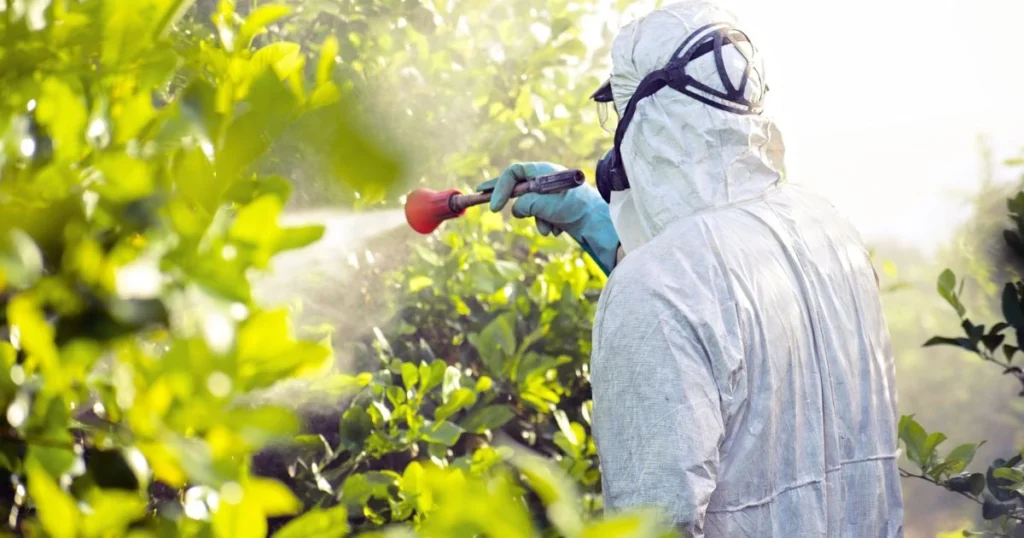
Pest control professionals rely on a variety of products to effectively manage infestations. This includes chemical pesticides and natural alternatives, each serving specific purposes based on the situation.
Chemical Pesticides: Types and Uses
Chemical pesticides are widely used in commercial pest control due to their effectiveness. They can be categorized into several types, such as:
- Insecticides: Target pests like ants, cockroaches, and termites. Common active ingredients include pyrethroids and neonicotinoids.
- Herbicides: These control unwanted plants and help maintain lawns and gardens. Roundup (glyphosate) is a popular choice.
- Fungicides: Address fungal issues on plants and surfaces. They help prevent damage from diseases.
Commercial pest control sprayers are essential tools for applying these chemicals efficiently. To minimize risks and ensure effectiveness, it’s crucial to follow safety guidelines and application rates.
Natural and Organic Options
Natural and organic pest control products are popular for their lower environmental impact. These options include:
- Essential Oils: Ingredients like peppermint and tea tree oil can repel various insects.
- Diatomaceous Earth: A non-toxic powder effective against crawling insects. It works by dehydrating pests.
- Neem Oil: Derived from the seeds of the neem tree, it disrupts insect growth and is suitable for garden pest control.
Using these alternatives allows professionals to manage pests while promoting sustainability. They are often safer for pets and humans, making them a viable choice in sensitive environments.
Spraying Equipment and Techniques
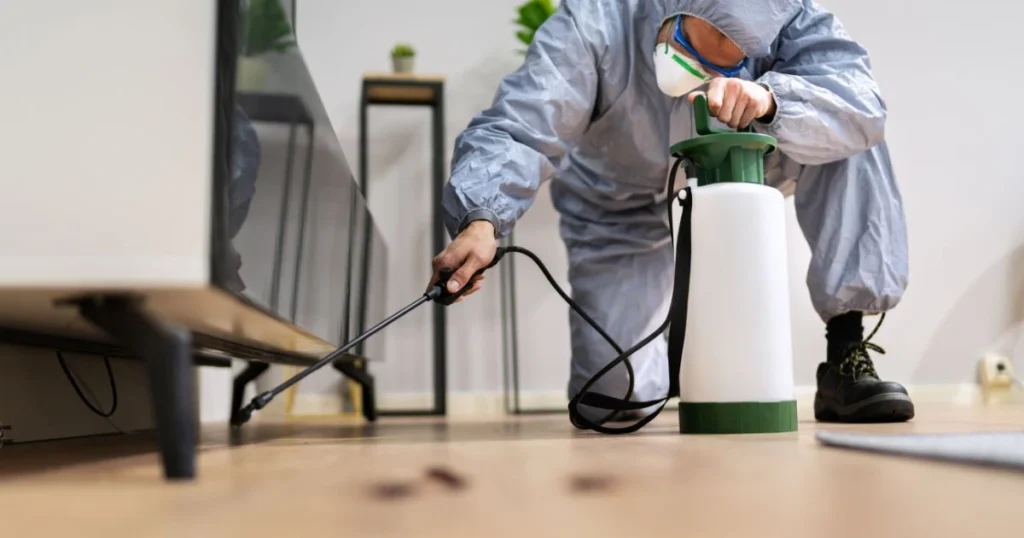
Effective pest control relies heavily on the choice of spraying equipment and proper application techniques. Different types of sprayers serve specific purposes, and understanding how to calibrate and maintain these tools is essential for optimal performance.
Handheld vs. Backpack Sprayers
Handheld sprayers are ideal for small areas or spot treatments. They are lightweight, easy to maneuver, and generally more affordable. Users can choose from various nozzle types to adjust spray patterns according to the task.
Backpack sprayers offer a higher capacity and are suitable for larger areas. They distribute pesticides evenly, reducing application time. This type often features adjustable straps for comfort during extended use, allowing professionals to cover more ground efficiently.
Calibration and Maintenance of Sprayers
Calibration is crucial for ensuring that the correct amount of pesticide is applied. Professionals must regularly check nozzle sizes, pressure settings, and spray patterns. Testing the equipment in a controlled environment aids in determining the appropriate settings for different pest control needs.
Maintenance extends the life of sprayers and ensures efficacy. Cleaning the sprayers after each use helps prevent clogs and chemical residue buildup. Regular inspection of hoses, seals, and filters is essential to avoid leaks and ensure consistent performance in commercial pest control sprayers. Proper maintenance informs better pest management strategies and enhances safety during applications.
Integrated Pest Management (IPM)
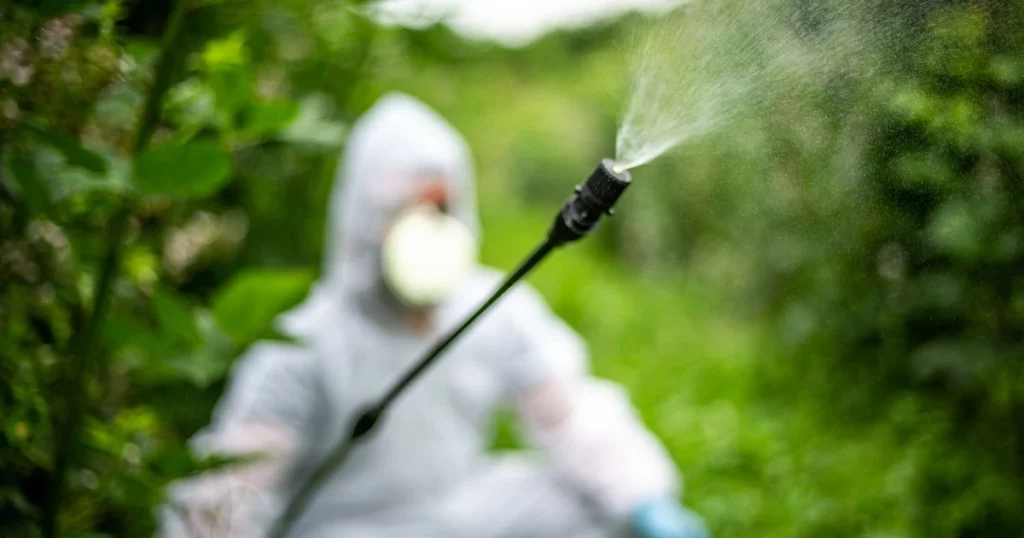
Integrated Pest Management (IPM) is a comprehensive approach that combines various methods to manage pests effectively. This strategy focuses on minimizing risks to human health and the environment while maintaining economic feasibility.
Principles of IPM
IPM is built on several core principles. First, it emphasizes monitoring pest populations to identify and understand the pest’s life cycle and behaviors. By recognizing pest thresholds, professionals determine if intervention is necessary.
Another principle is using cultural practices that enhance plant health and resilience. These include crop rotation, proper irrigation, and maintaining soil health, which can reduce pest prevalence.
Biological control involves using natural enemies, such as predators or parasites, to control pest populations. This strategy not only aids in managing pests but also supports ecological balance.
Finally, professionals opt for the least toxic options to minimize environmental impact if mechanical or chemical controls are warranted.
IPM Strategies for Different Environments
IPM strategies adapt based on specific environments, including residential and agricultural settings. In yards, pest control sprays mitigate insects like mosquitoes and ticks. These sprays often rely on chemical and biological agents tailored to target specific pests without harming non-target organisms.
Various pest control products are available for gardens. These include organic solutions like neem oil or diatomaceous earth, which are effective against aphids and caterpillars.
In agricultural environments, IPM may incorporate trap cropping to lure pests away from main crops. Regular field scouting also helps farmers respond promptly to emerging pest issues.
Adapting strategies from yard pest control spray to garden pest control products enhances effectiveness while promoting sustainable practices across different settings.
Health and Safety Precautions
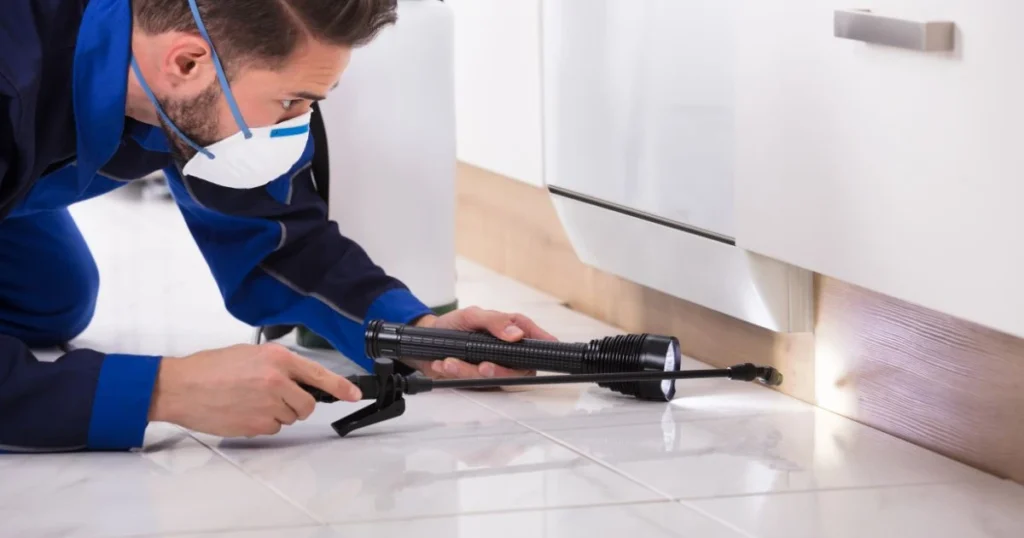
Health and safety are paramount when professionals engage in pest control. Proper precautions ensure the protection of the environment and the individuals involved in applying pest management solutions.
Personal Protective Equipment (PPE)
Professionals utilize various Personal Protective Equipment (PPE) types to mitigate exposure risks. Common PPE includes:
- Gloves: Often made from nitrile or latex to provide a barrier against chemicals.
- Respirators: Essential when working with commercial pest control sprays to prevent inhalation of harmful substances.
- Goggles: Protects the eyes from splashes and airborne particles.
Selecting appropriate PPE is critical based on the pest control method employed. For instance, while using commercial pest control sprayers, full-body suits may also be suitable in sensitive environments. Proper fit and functionality of each piece of equipment are essential for maximum protection.
Safe Application Practices
Safe application practices are vital for effective pest control while minimizing risks. Professionals should adhere to the following guidelines:
- Read Labels: Understanding the specific instructions for each commercial pest control spray is crucial.
- Timing: Applying pesticides during low-traffic periods can reduce public exposure.
- Ventilation: Ensuring proper air circulation during and after application helps dissipate harmful fumes.
Additionally, companies like Critter Stop emphasize humane practices in wildlife removal. They are known for their high-quality work and excellent customer service. For pest-related concerns, contacting Critter Stop at (214) 234-2616 for a free inspection is advisable. Their reputation is backed by positive customer reviews, indicating effective and safe pest management techniques.
Frequently Asked Questions
This section addresses common inquiries about pest control practices used by professionals. It covers various topics, from large-scale infestations to the safety of products around children and pets.
What do professionals use for pest control in large-scale infestations?
Professionals often utilize integrated pest management (IPM) strategies for large-scale infestations. These include chemical treatments, traps, and habitat modifications to manage pests effectively.
Are garden pest control products safe for use around pets and children?
Many garden pest control products are designed with safety in mind. However, it’s essential to read labels carefully, as some may contain harmful ingredients. Look for products labeled as safe for children and pets.
How effective are commercial pest control sprayers for outdoor pest management?
Commercial pest control sprayers are highly effective for outdoor pest management. They deliver targeted treatments and larger volumes of pesticides over expansive areas, ensuring even coverage and quick results.
What makes commercial pest control spray different from residential options?
Commercial pest control sprays often contain higher concentrations of active ingredients. They are designed for larger-scale applications and typically require professional training to use safely and effectively.
Which yard pest control spray works best for keeping mosquitoes and ticks away?
Products containing permethrin or DEET effectively repel mosquitoes and ticks in yards. When applied according to label instructions, these ingredients provide long-lasting protection.
Do you know what do professionals use for pest control in hard-to-reach areas?
Professionals often use specialized equipment, such as foam and aerosol applicators, to access hard-to-reach areas. These tools allow for precise targeting of pests in confined spaces.
How do garden pest control products compare to natural pest deterrents?
Garden pest control products typically contain synthetic chemicals, while natural pest deterrents utilize organic ingredients. Each approach has benefits; synthetic products may offer faster results, while natural options minimize chemical exposure.
What features should you look for in commercial pest control sprayers for large properties?
When selecting commercial pest control sprayers, consider tank size, spray range, and pressure adjustment. A durable design and ease of use are also crucial for efficient application on large properties.

